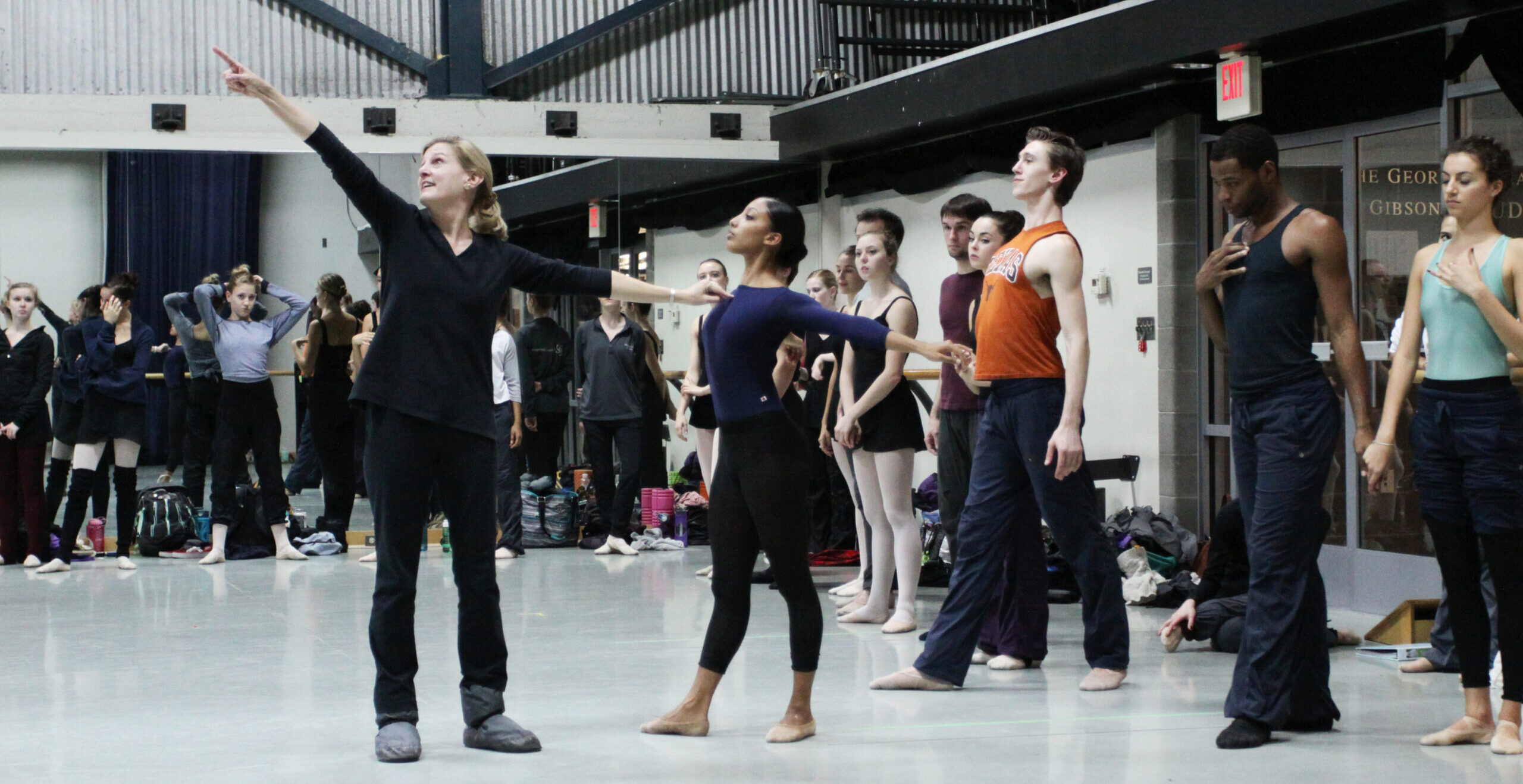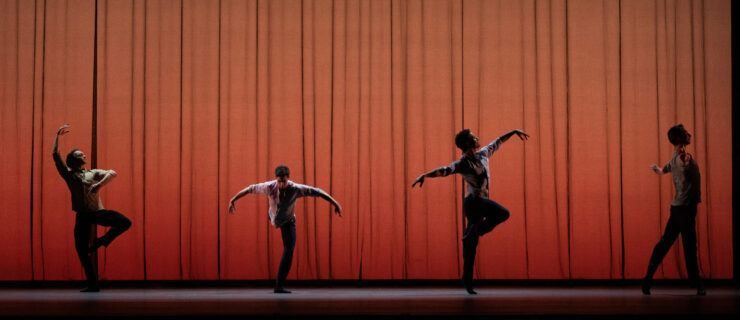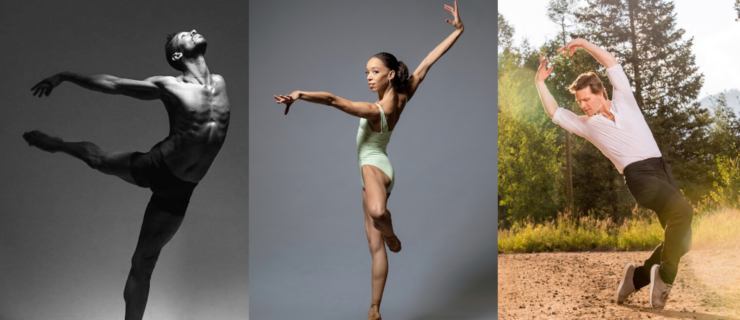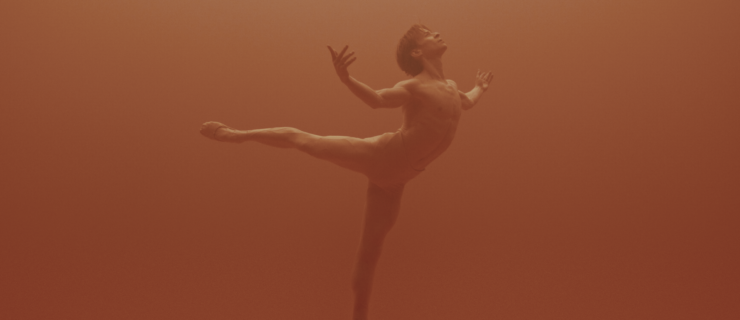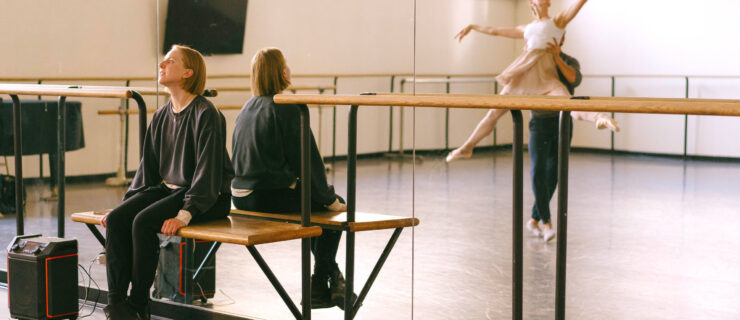Trailblazer, Caretaker: Richmond Ballet’s Stoner Winslett Reflects on her 44-Year Directorship
At the opening of Richmond Ballet’s Studio Three series this month, Stoner Winslett gave one of her very last curtain speeches. “I am still the artistic director of Richmond Ballet,” she quipped in the introduction. The audience burst into laughter. Winslett had just 55 days left of her 44-year tenure, and the audience’s feelings of gratitude and celebration were palpable, bubbling over into multiple standing ovations throughout the evening.
Winslett is the longest-standing leader of a major U.S. ballet company, and one of just a handful of women to serve as a director. In the decades since she founded Richmond Ballet in 1980, she has grown the organization from a local troupe of 12 dancers with an operating budget of $164,000 to a 20-dancer-strong, internationally recognized company with a budget of just under $7 million. She has choreographed numerous ballets, spearheaded international tours, and commissioned 88 new works throughout her tenure.
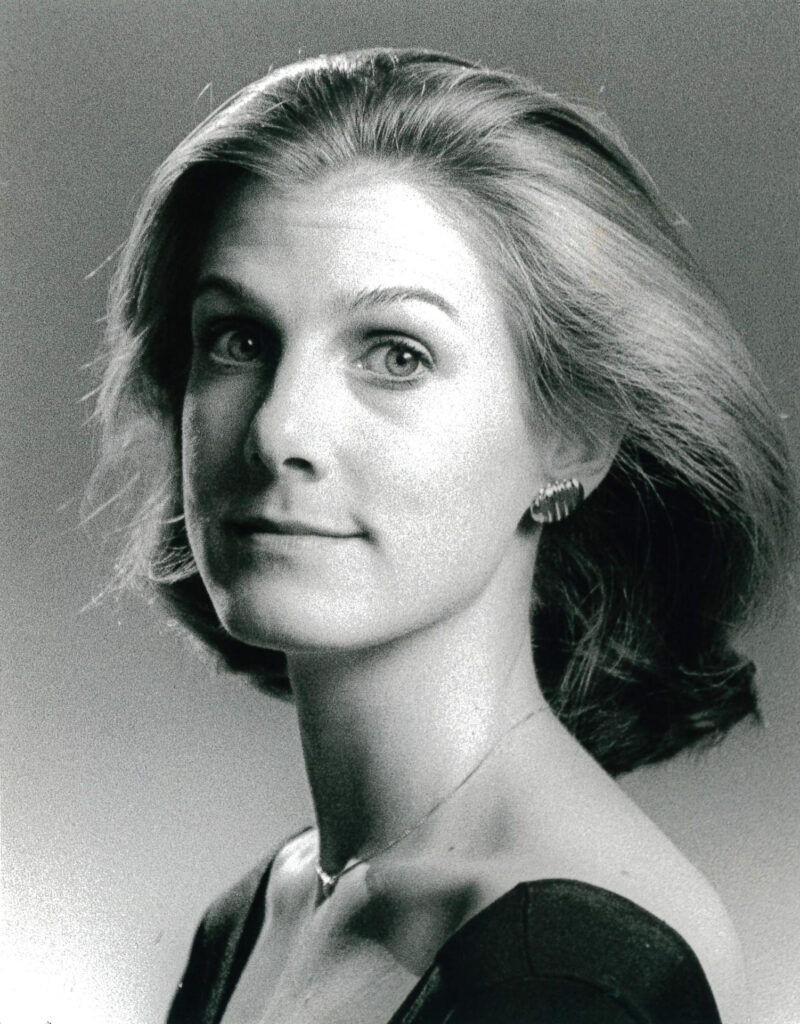

While her resumé commands respect, it’s Winslett’s warmth in her interactions with people that have seen the company succeed. “The thing about Stoner,” says associate artistic director Ma Cong, who will succeed Winslett at the helm on July 1, “is that she cares about others more than herself.” Indeed, after the Studio Three audience stood to applaud her, she protested, “No, I’m trying to thank you!”
As she transitions into the role of founding artistic director, Winslett spoke to Pointe on her trailblazing career.
How has ballet and the industry evolved since you started out?
It’s changed a lot since I was coming up. We’re talking about the ’70s—the prehistoric era. When I was at Smith College [an all-female school for undergraduates], Jill Ker Conway, then president of the school, said to all of the freshmen, “Congratulations to you all. You are chosen to be leaders of women of the future.” In terms of support, Smith was very different from the ballet environment in the ’70s, which was always, “You’re terrible. You’re never going to be anything.” Ballet was a cut-you-down-to-get-you-to-bounce-back-up environment. And I was just a person who always did better with positivity. I really benefited from Smith. So when I was starting the company I thought a lot about that and said, “I’ll do it in a different way.”
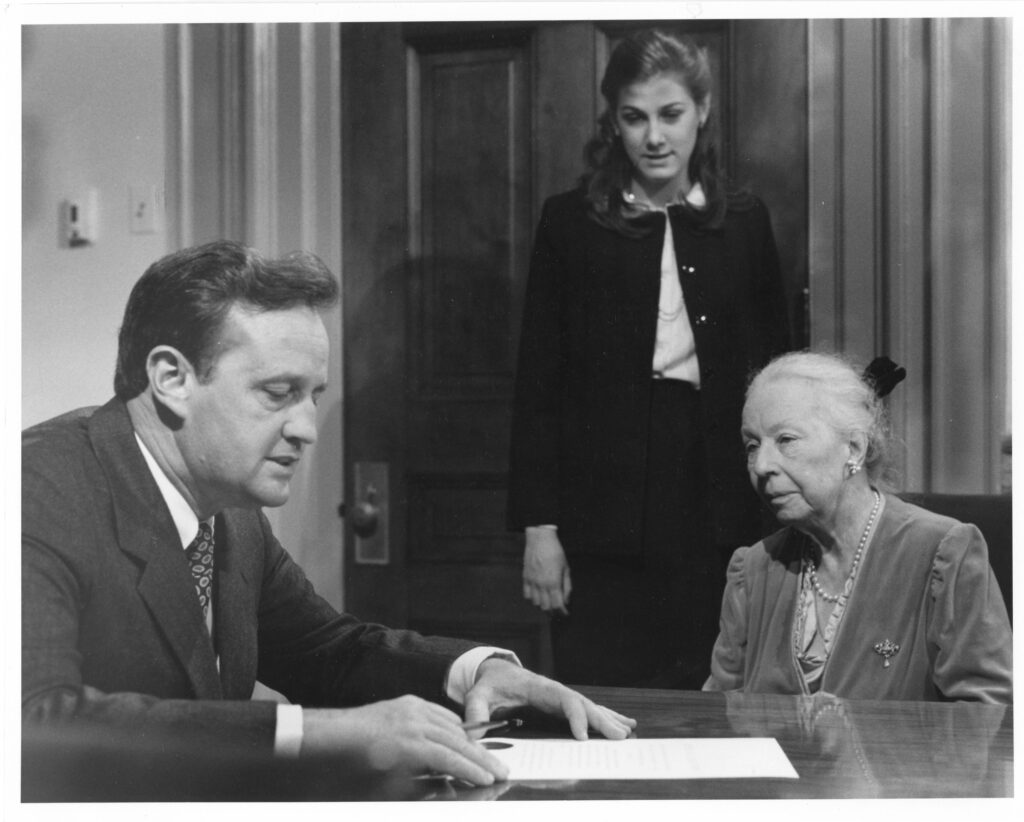
Did the ballet world resist you as a young female leader of a brand-new company?
At my first Dance/USA conference in New York in 1988, I went into the Artistic Directors’ Council and the people sitting there were Kent Stowell, Dennis Nahat, Bruce Marks, Robert Barnett, John McFall, and others. (They must have been in their late 40s, and I thought they were ancient.) I was terrified, but they could not have been nicer to me! Part of it was that they were nice guys. Part of it was they loved ballet and wanted to help. I’m sure part of it was that I was this mystery 20-something-year-old female creature. What’s interesting is that most of them were not founders. Many of them took over from female founders of schools—E. Virginia Williams and Mary Day, for example.
The board has also always treated me with tremendous respect. I never felt like it was a problem at all that I was a female. Respect is a two-way street. If you treat them with respect, then, hopefully, they treat you back with respect.
Are there any Richmond Ballet performances you are particularly proud of?
At our Joyce debut in 2005, we took six works Richmond Ballet commissioned that had never been seen in New York, and one was mine. I remember the board said, “How will we know if we’re successful?” Some people said it would be if we got a good review. Others said success was selling out the theater. But those are things we had no control over. We had choreographers who entrusted us with putting their work onstage in New York for the first time. So our criteria for success was that we present each work the way the choreographer wanted it seen. At the end of my piece, I thought: I don’t care what anybody else in the world thinks. The dancers did it exactly how I wanted the world to see it. And every choreographer was like that—pleased.
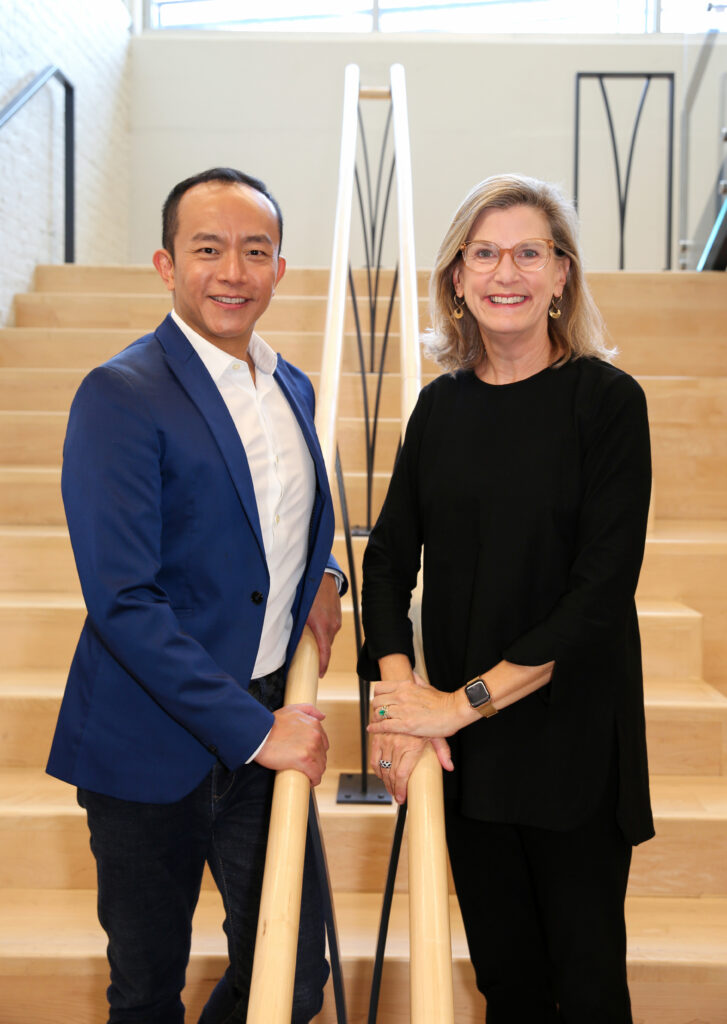
How did you know that Ma was the right person to take over the company that you have built?
I started on this quest to look for the right person way back in the early 2000s. That was part of the commissioning of new ballets and everything else, just trying to get to know people. Artistic director is a really hard role because you have to have the respect of the dancers and the audience. There’s also a sort of caretaking element, with the artists involved and the interaction with patrons. With Ma, I could just see him in the audience at Tulsa Ballet—everybody knew him and he was shaking their hands, and everybody just loved him.
In some ways, we couldn’t be more different. I grew up as a little girl in the Southeast, and here he is, a guy from a western province of China. But in the ways that count, in terms of why we dance and what we think is important, he’s a very good match. And that works for me and it works for the community.
What are you looking forward to as founding artistic director?
I’ll consult for the first year, helping the company get to its new performing home at the Virginia Museum of Fine Arts’ renovated theater. And I want to help raise some endowment money so Ma doesn’t have to lie awake at two in the morning like I did about meeting payroll.
But I also need a little bit of rest. My husband and I are building a house down in South Carolina. I don’t think we’ll ever move there full-time, but our children love it down there.
After over four decades, is it hard to leave?
Several people have asked me, “How does your ego stand it, to be promoting Ma all the time?” And I guess it’s different when you’re a mother. You want your child—and the ballet is one of my children—to go on and thrive, and you want it to be good without you. It’s going to be different, which is great. I’m excited about that. I’m going to be cheering.
